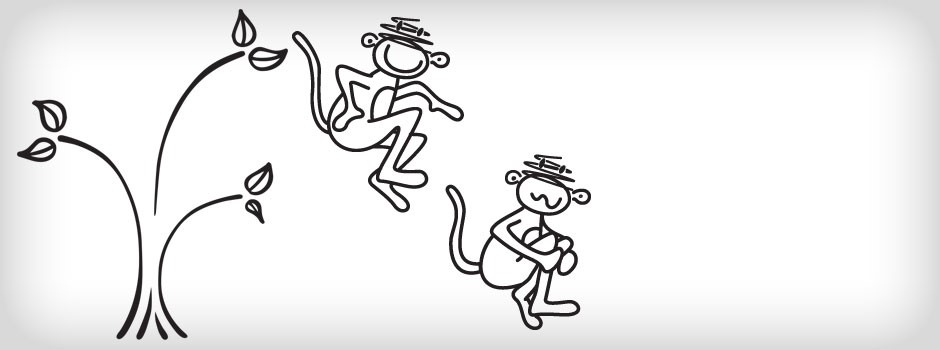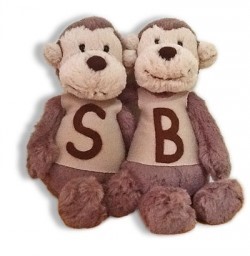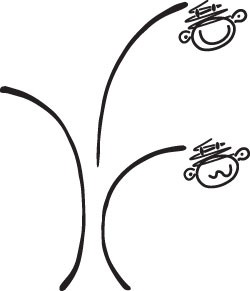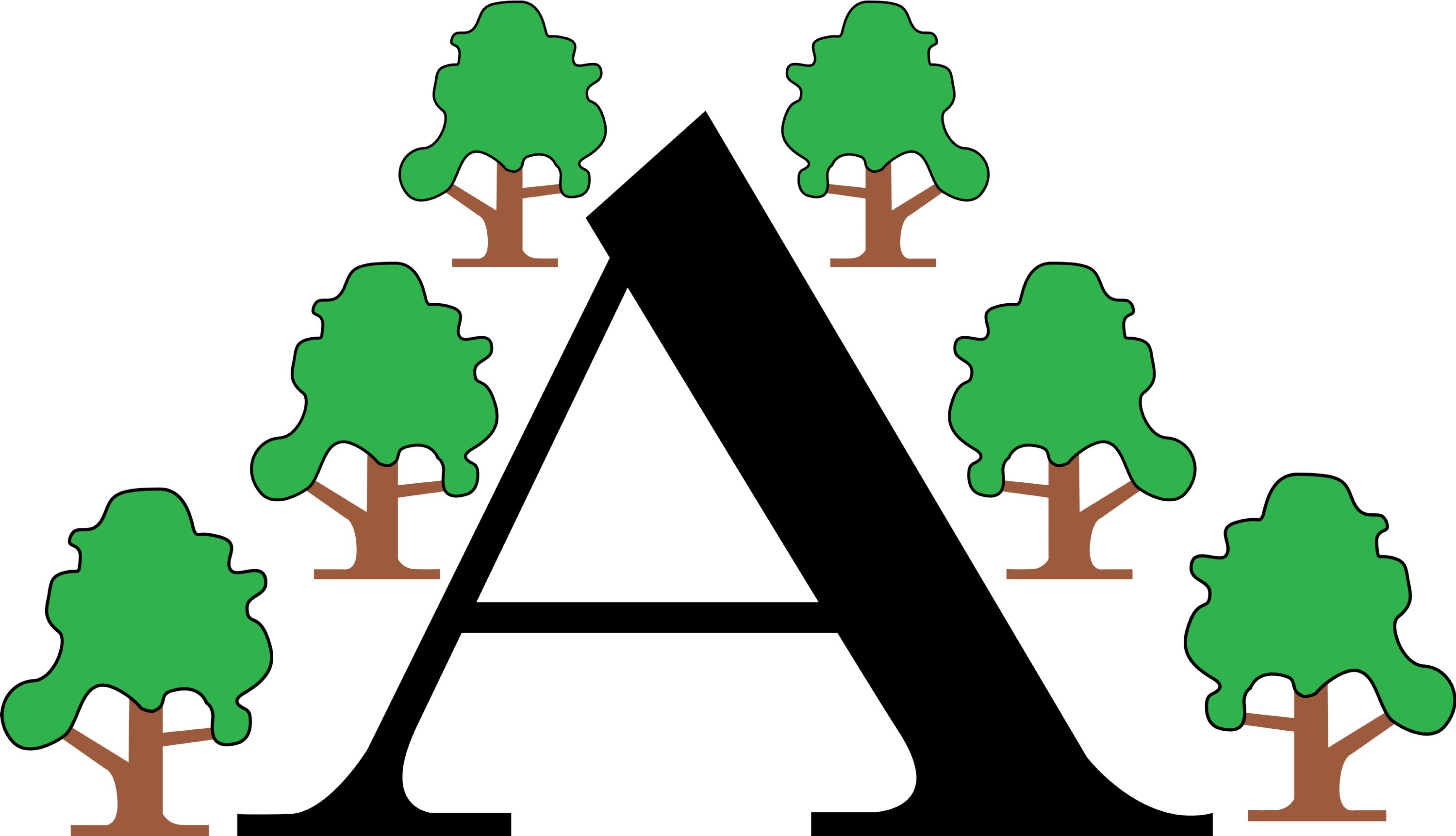Handwriting

We have use a whole school approach to improving letter formation and handwriting. The scheme that we use is called Kinetic Letters. It is based on ensuring the children have the strength in their bodies, arms, wrists, hands and fingers to prepare them for the skill of handwriting. We held an information session for parents to explain more about Kinetic Letters and the importance of handwriting. Download the presentation below to read more.
The underlying principles of Kinetic Letters
- Building physical strength underpins handwriting, as poor writing may be due to poor strength.
- Children are not expected to do anything before they are developmentally ready for it.
- The different components of writing are mastered individually before being used in combination.
- Letters are learnt as movements not as visual shapes and movement remains central to developing flow and accuracy.
- When handwriting is automatic, the brain can concentrate on content.
- Reading and writing are a reciprocal process and so strengthening handwriting skills will support reading and writing development as a whole.

As part of this we have been doing lots of activities that will make our bodies stronger for writing. You could try some of these activities at home as well!
- We do some of our writing lying on our tummies, resting on our elbows with our legs out straight; we call this our strong body position. We also do our writing with the whiteboards stuck onto the wall as this builds strength in our core, which helps to support a comfortable and strong writing position at the tables.
- We like to do lots of climbing on apparatus to make our shoulders strong. You could do this by going on the monkey bars at the park. We are also becoming experts at the ‘plank’ position and chair push ups.
- To make our ‘three friends’ (thumb and first two fingers on our writing hand) really strong we have been doing lots of pinching and squeezing activities using rubber bands, pegs, play dough, foam shapes and tweezers and threading activities.
Once the children learn to form the letters, they hear stories about Brave Monkey and Scared Monkey who help them to know where to start their letters. We use special whiteboards to give the children a prompt to remember this.

Ask your child about Brave and Scared Monkey to find out more!
The 'Jumper Family' all start with a down movement and then back up and over; r, p, n and m begin at Scared Monkey, h and b start from Brave Monkey.
The 'Abracadabra Family' all start with a ‘c’ shape before going ‘up like a helicopter’ and back down; c, o, a, g, q and s begin at Scared Monkey, d goes 'up like a helicopter' to Brave Monkey.
The ‘Special Squirter’ starts with a push across and then round: e
The 'Window Cleaner Family' come straight down; l and t from Brave Monkey, i and u from Scared Monkey.
The 'Fisher Family' start at Scared Monkey and their tails go down into the flooded pit underneath the line: y, g, f, j
The 'Slider Family' all contain diagonal strokes; v, w, x, z all start at Scared Monkey, k starts from Brave Monkey. 
